I've attempted an ID, looking at what other people have found in the Joshua Tree area, however I never seemed to find a species that was black/red with a black or dark head. I hope the images I took are clear enough, most were out of focus.
1. Location (on a map) of collection:
Just outside Joshua Tree National Park, found all 8 Queens of the same species at the pin on the image below.
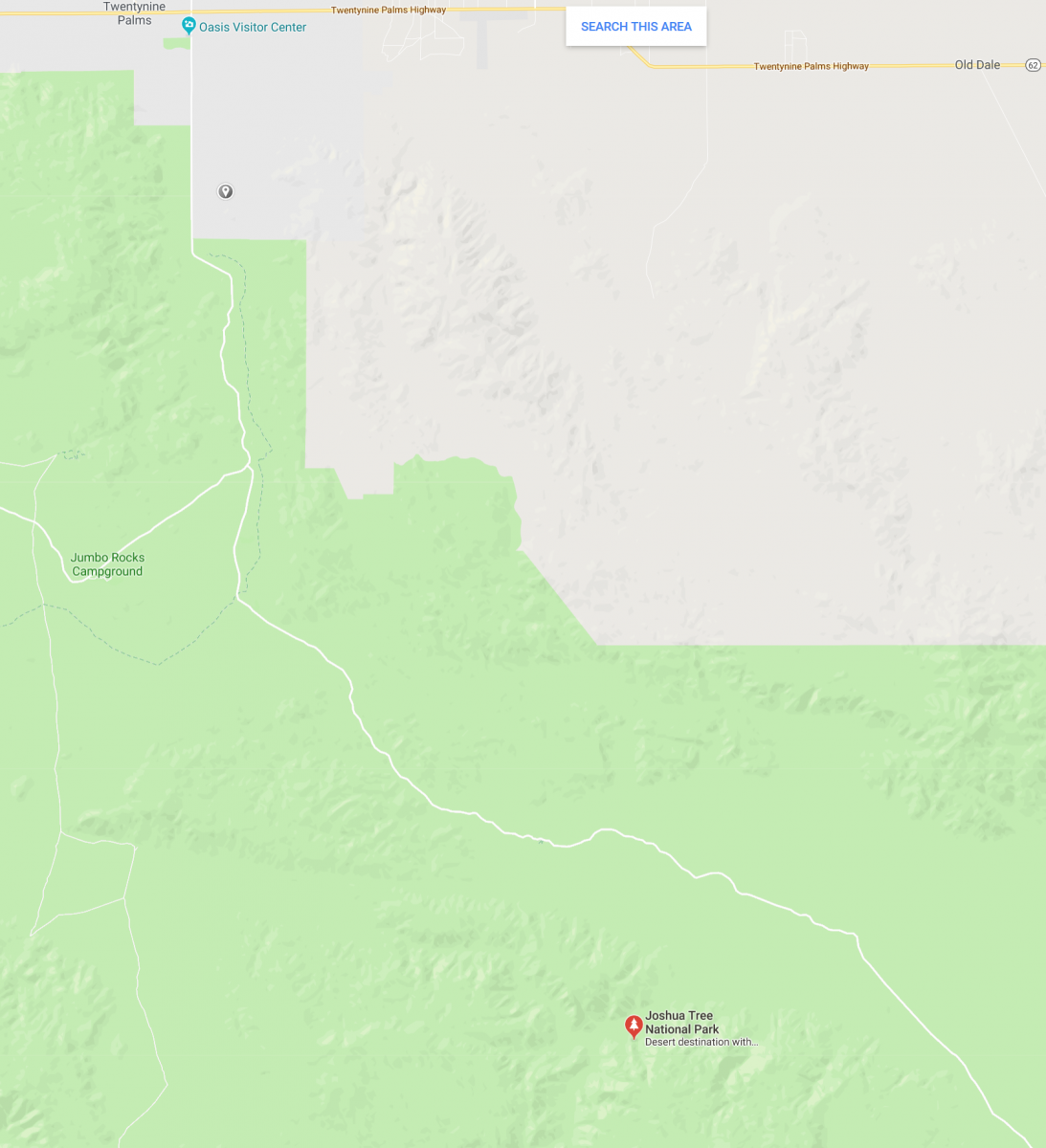
2. Date of collection:
July 13th, around 10:00AM
3. Habitat of collection:
Desert shrubs, cacti.
4. Length (from head to gaster):
I was unable to get an accurate measurement, although they are fairly large (hopefully the pictures are clear enough)
5. Color, hue, pattern and texture:
Colors range from nearly entirely black to red/black. All the queens have the same colors, just slightly darker/lighter red. They seem to have fine hairs over their body, but not a ton. Their heads are the darkest part, slowly transitioning into a maroon/red and then back into a dark red at the end of their gastor.
6. Distinguishing characteristics:
They seem to have "spikes" between their abdomen and gastor.
7. Distinguishing behavior:
The queens seemed somewhat aggressive as I scooped them into the test tubes, some would hang onto the glass with their mandibles. (Although I couldn't say if this was more aggressive than any other species.)
8. Nest description:
Semi-circular mounds gave away the position of the founding chambers, few ants were 2 shovel scoops deep, most were found in the first 10 inches of gravel.
9. Nuptial flight time and date:
Thundershowers occurred on Wednesday July 11th and Thursday July 12th, so I'm assuming this was when the nuptial flights took place.
[Images of queen]
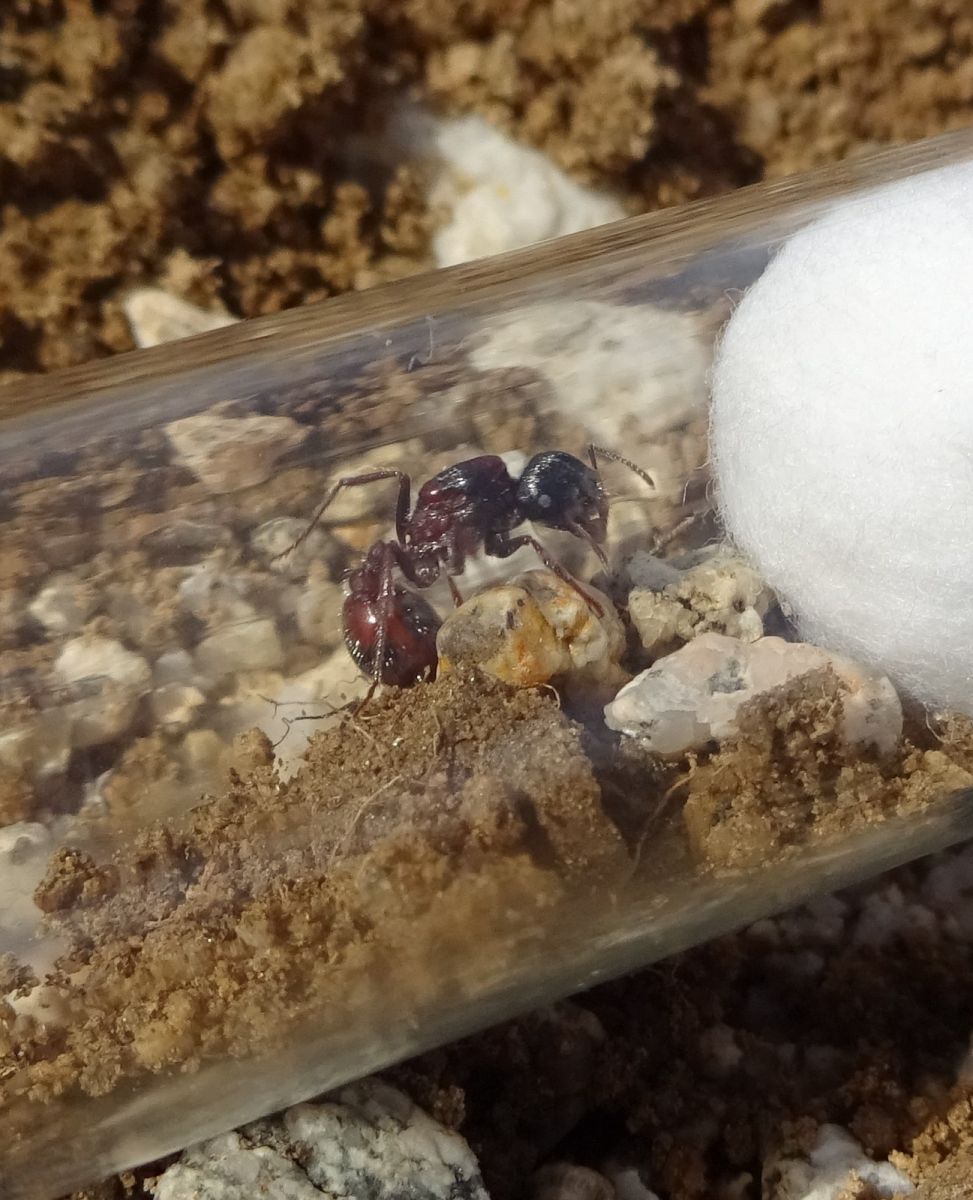
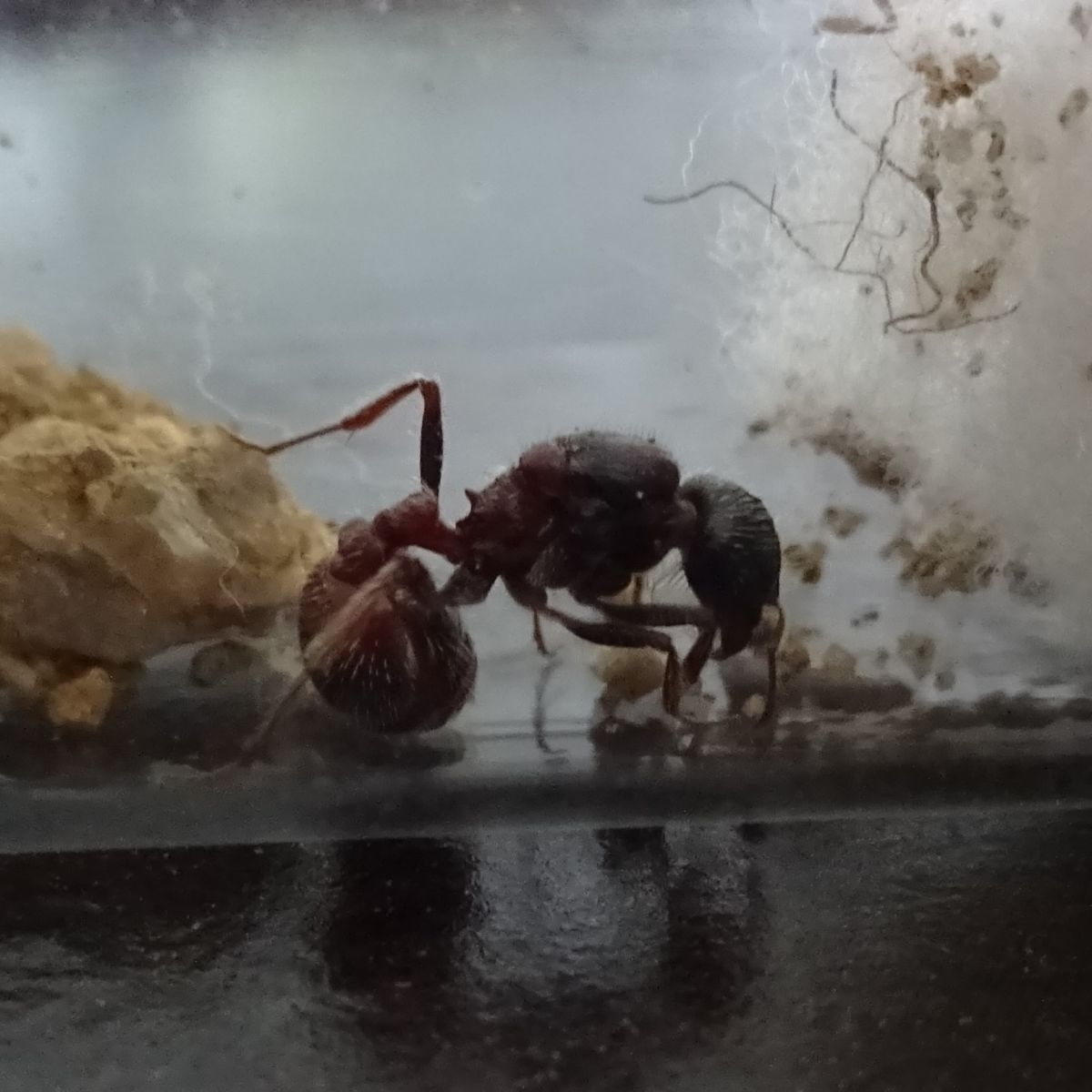
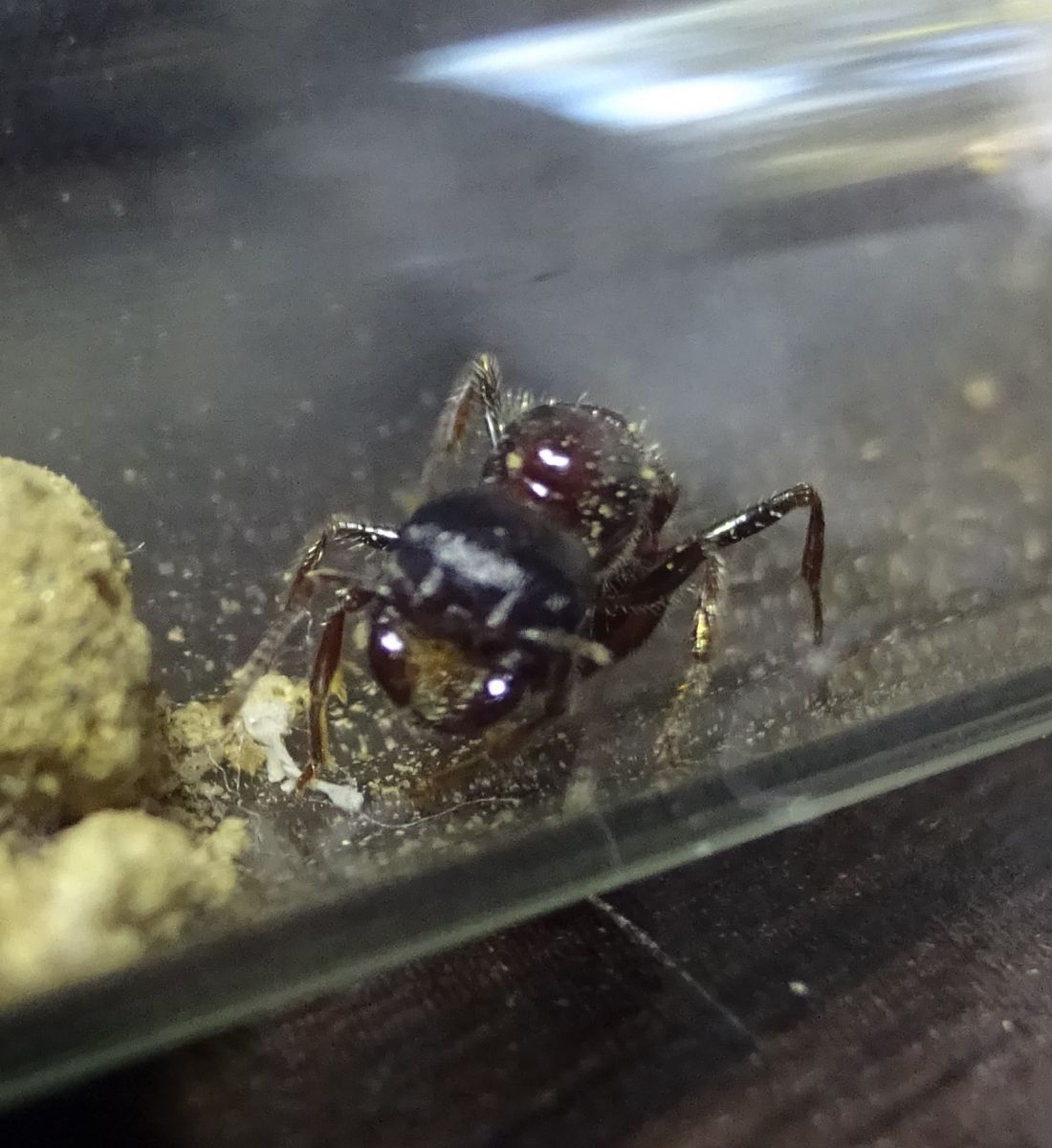
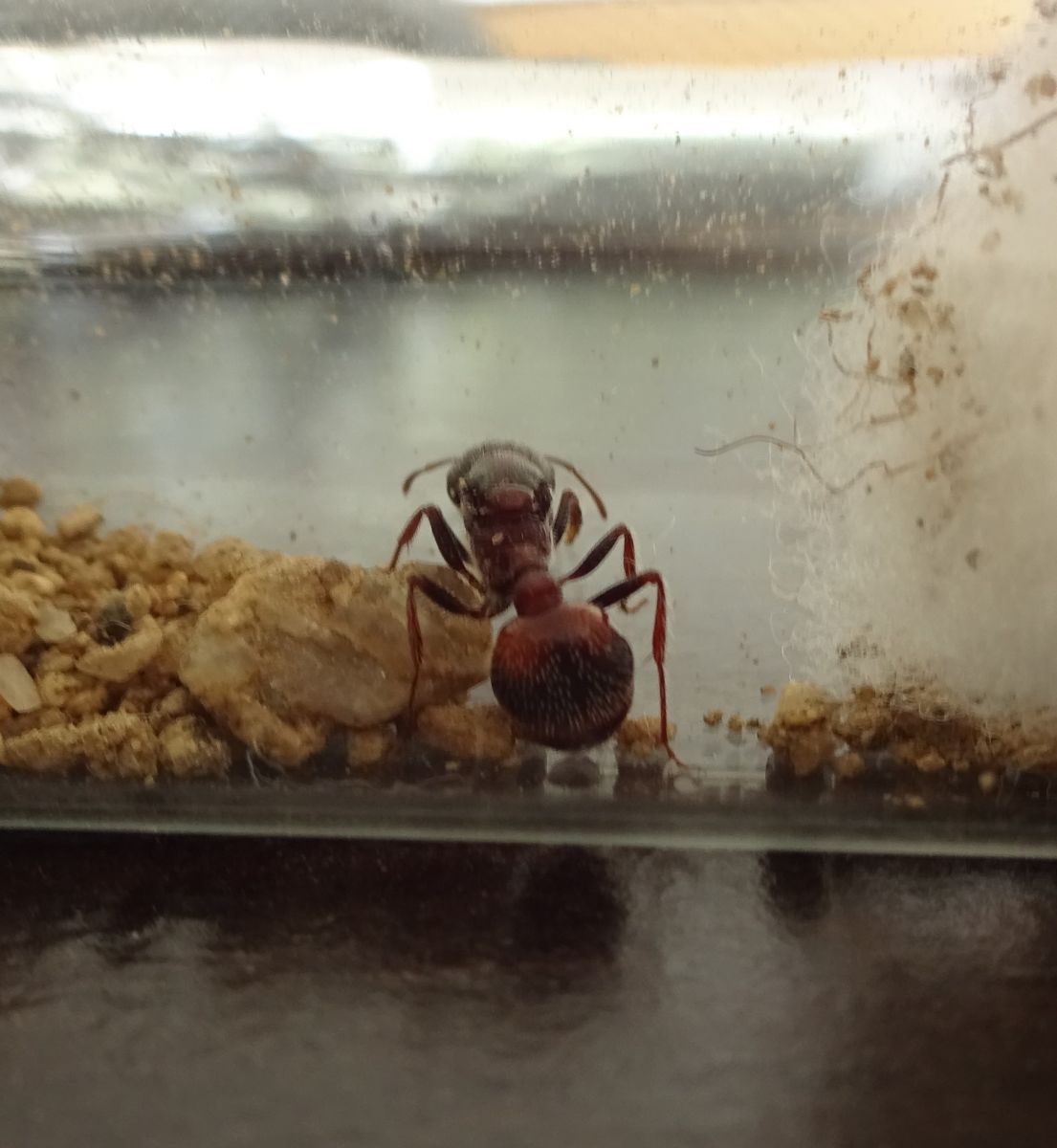
[Images of nest]
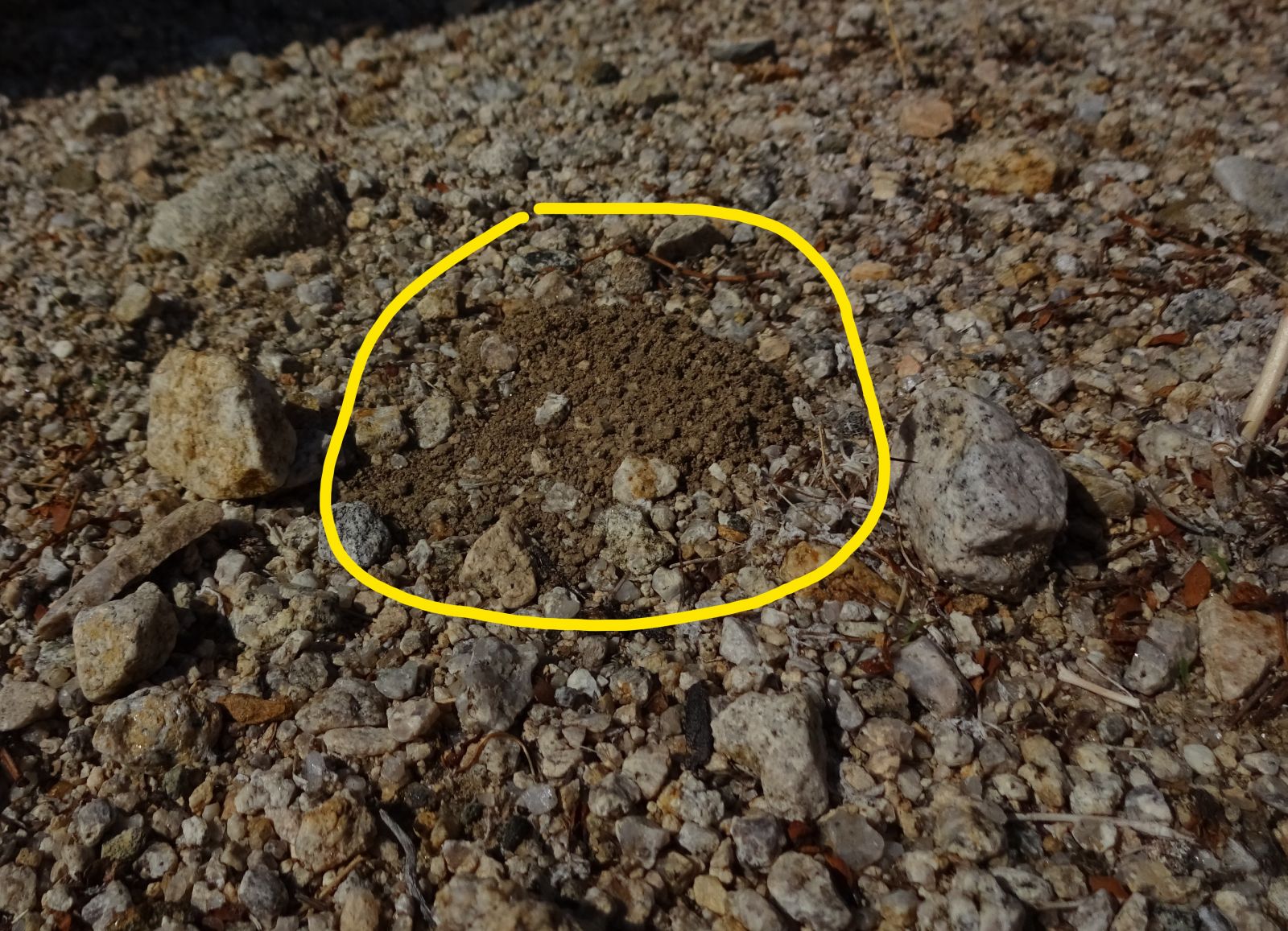
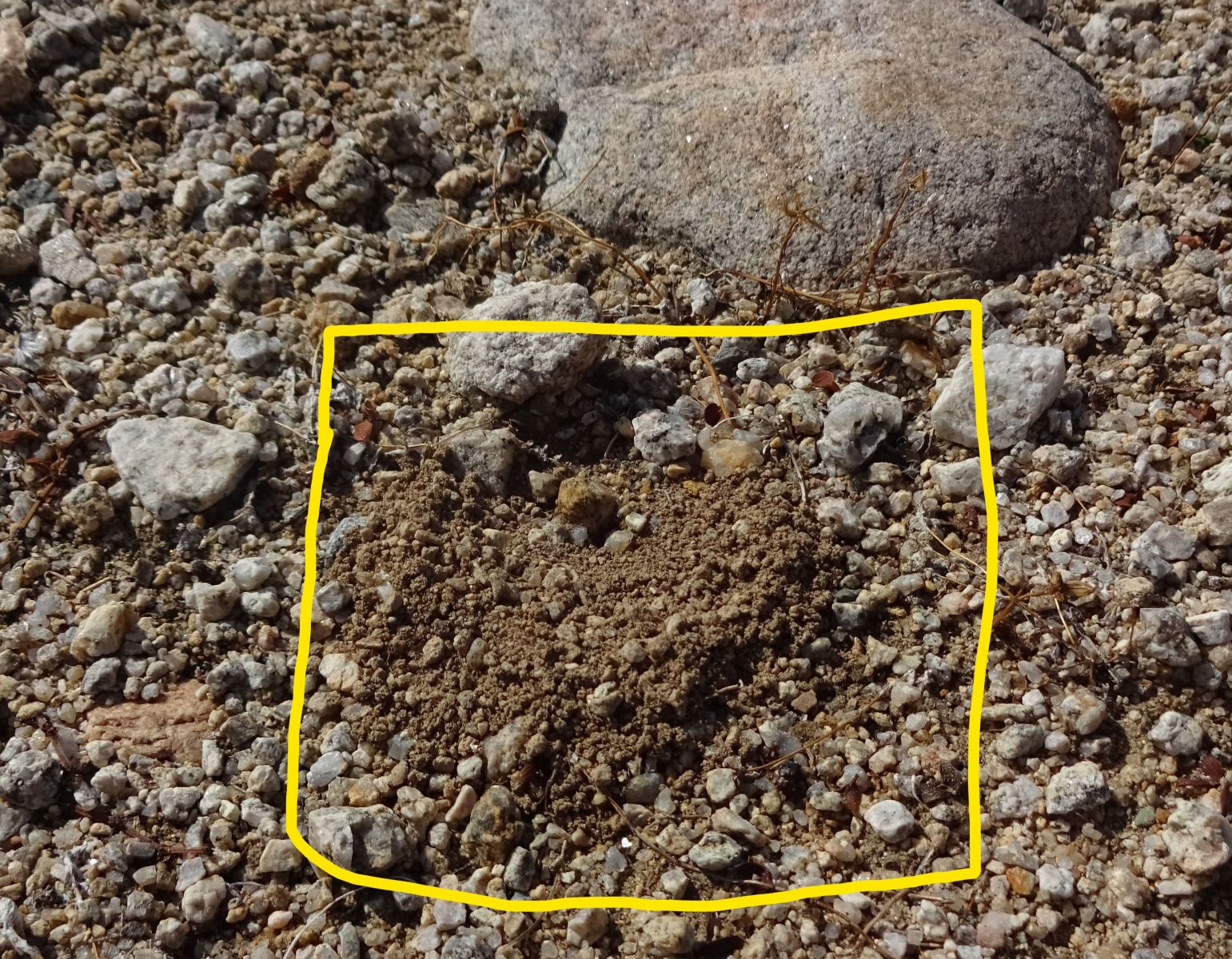
[Images of habitat]
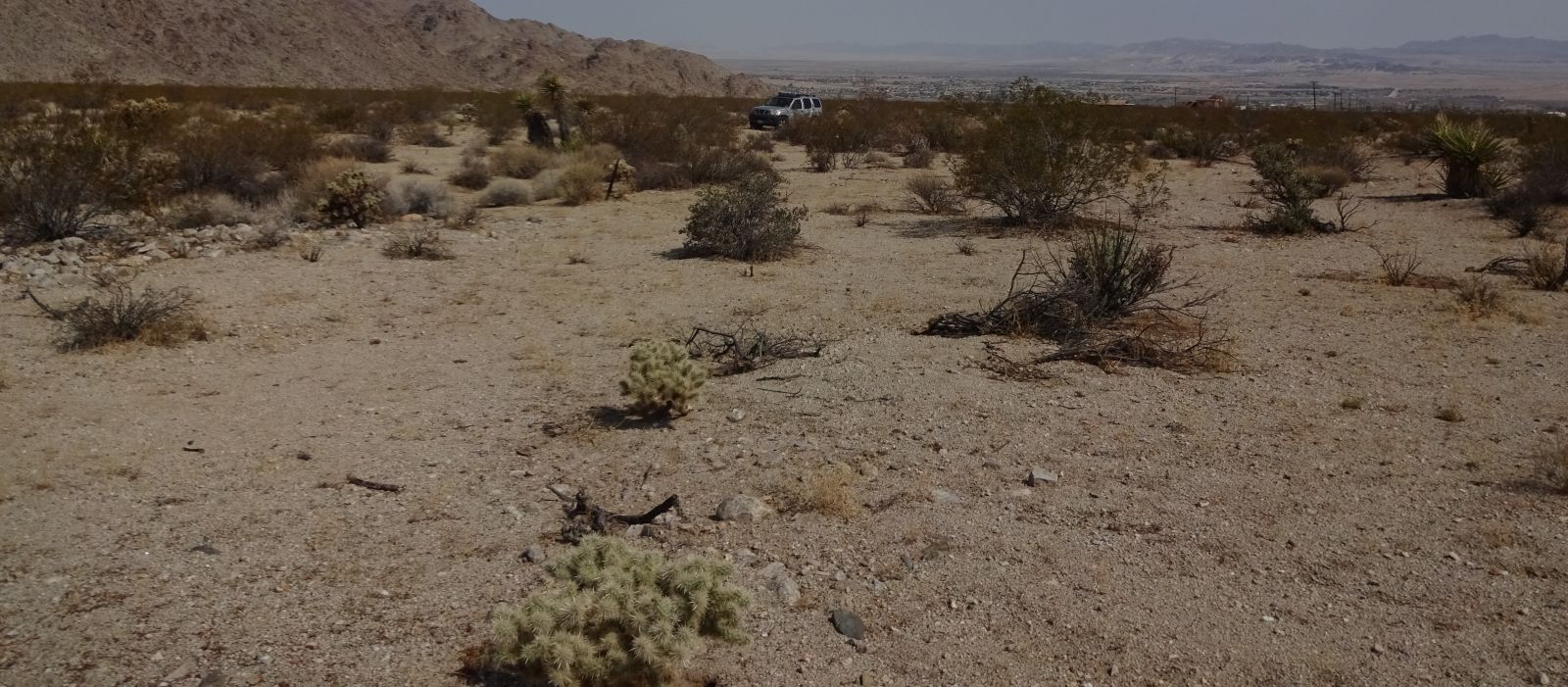
Edited by Theused1, July 15 2018 - 10:44 PM.















